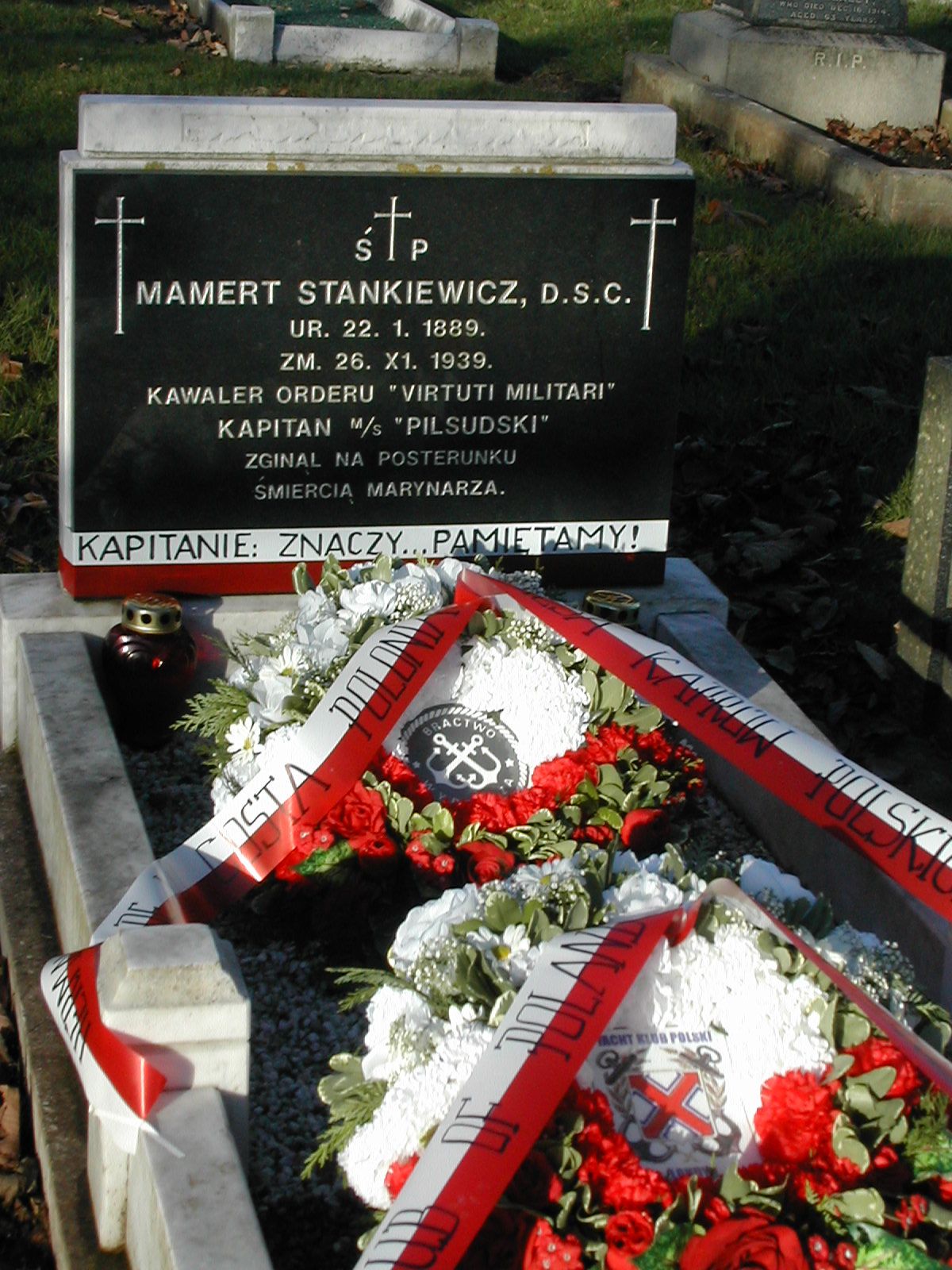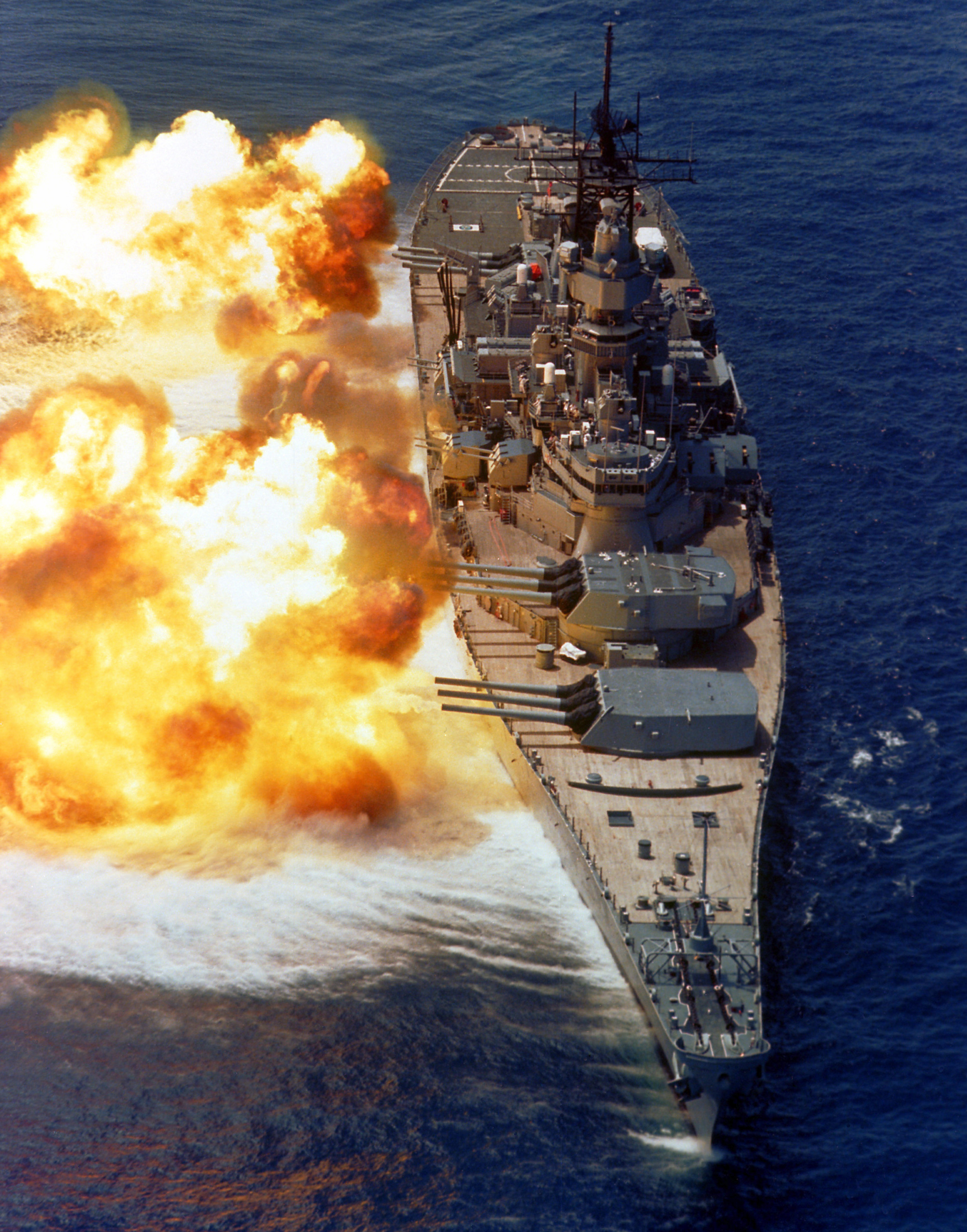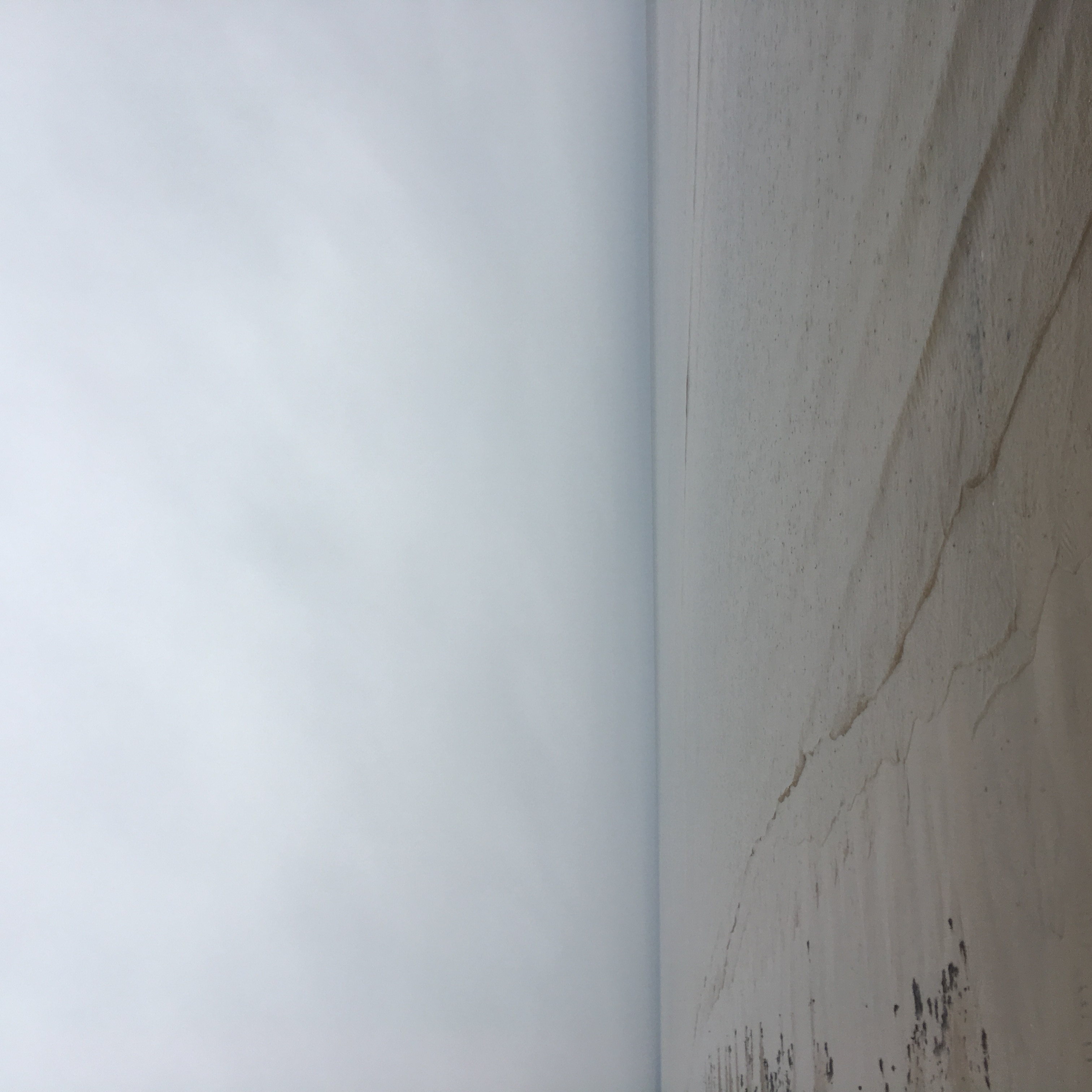|
Mamert Stankiewicz
Mamert Stankiewicz (22 January 1889 – 26 November 1939) was a Polish naval officer of the merchant marine, the commander of ''Lwów'', and finally captain of the Polish ocean liner , which was incorporated into the UK Royal Navy and converted into the ship transporting British and Polish soldiers during World War II. On 26 November 1939, ''Pilsudski'' was torpedoed by German U-boat, and Stankiewicz, after inspecting the entire sinking ship to ensure that there were no sailors and soldiers left behind, and after rescuing sailors and soldiers from the ice-cold Northern Atlantic, died of exhaustion. Stankiewicz's life was immortalized by Karol Olgierd Borchardt, whose series of books on Stankiewicz became a best-seller among Polish maritime books. Biography Stankiewicz was born in Mitau in Courland (now Jelgava in Latvia) to a Polish noble family with "Grave" coat of arms. The Stankiewicz Family lived there, after the return from imprisonment in Syberia for the involvemen ... [...More Info...] [...Related Items...] OR: [Wikipedia] [Google] [Baidu] |
Mitau
Jelgava (; german: Mitau, ; see also other names) is a state city in central Latvia about southwest of Riga with 55,972 inhabitants (2019). It is the largest town in the region of Zemgale (Semigalia). Jelgava was the capital of the united Duchy of Courland and Semigallia (1578–1795) and the administrative center of the Courland Governorate (1795–1918). Jelgava is situated on a fertile plain rising only above mean sea level on the right bank of the river Lielupe. At high water the plain and sometimes the town as well can be flooded. It is a railway center and is also host to Jelgava Air Base. Its importance as a railway centre can be seen by the fact that it lies at the junction of over 6 railway lines connecting Riga to Lithuania, eastern and western Latvia, and Lithuania to the Baltic sea. Name Until 1917, the city was officially referred to as Mitau. The name Jelgava is believed to be derived from the Livonian word ''jālgab'', meaning "town on the river." The orig ... [...More Info...] [...Related Items...] OR: [Wikipedia] [Google] [Baidu] |
Szlachta
The ''szlachta'' (Polish: endonym, Lithuanian: šlėkta) were the noble estate of the realm in the Kingdom of Poland, the Grand Duchy of Lithuania, and the Polish–Lithuanian Commonwealth who, as a class, had the dominating position in the state, exercising extensive political rights and power. Szlachta as a class differed significantly from the feudal nobility of Western Europe. The estate was officially abolished in 1921 by the March Constitution."Szlachta. Szlachta w Polsce" ''Encyklopedia PWN'' The origins of the ''szlachta'' are obscure and the subject of several theories. Traditionally, its members owned land (allods), [...More Info...] [...Related Items...] OR: [Wikipedia] [Google] [Baidu] |
Peace Of Riga
The Peace of Riga, also known as the Treaty of Riga ( pl, Traktat Ryski), was signed in Riga on 18 March 1921, among Poland, Soviet Russia (acting also on behalf of Soviet Belarus) and Soviet Ukraine. The treaty ended the Polish–Soviet War. The Soviet-Polish borders established by the treaty remained in force until World War II. They were later redrawn during the Tehran Conference, Yalta Conference and Potsdam Conference. Background World War I removed former imperial borders across Europe. Following the Russian Revolution which had renounced Tsarist claims to Poland, as well as the Central Powers provisions for Congress Poland in the March 1918 Treaty of Brest-Litovsk, The Great War had ended with the collapse of the Central Powers. The Treaty of Versailles had re-established Poland's independence after a century and a half of being divided by three empires. The Russian Civil War presented an opportunity for Poland, under the leadership of Józef Piłsudski, to regain ... [...More Info...] [...Related Items...] OR: [Wikipedia] [Google] [Baidu] |
Krasnoyarsk
Krasnoyarsk ( ; rus, Красноя́рск, a=Ru-Красноярск2.ogg, p=krəsnɐˈjarsk) (in semantic translation - Red Ravine City) is the largest city and administrative center of Krasnoyarsk Krai, Russia. It is situated along the Yenisey River, and is the second-largest city in Siberia after Novosibirsk, with a population of over 1.1 million. Krasnoyarsk is an important junction of the renowned Trans-Siberian Railway, and is one of the largest producers of aluminium in the country. The city is known for its natural landscape; author Anton Chekhov judged Krasnoyarsk to be the most beautiful city in Siberia. The Stolby Nature Sanctuary is located 10 km south of the city. Krasnoyarsk is a major educational centre in Siberia, and hosts the Siberian Federal University. In 2019, Krasnoyarsk was the host city of the 2019 Winter Universiade, the third hosted in Russia. Geography The total area of the city, including suburbs and the river, is .Poexaly.ru. Krasnoya ... [...More Info...] [...Related Items...] OR: [Wikipedia] [Google] [Baidu] |
Irkutsk
Irkutsk ( ; rus, Иркутск, p=ɪrˈkutsk; Buryat language, Buryat and mn, Эрхүү, ''Erhüü'', ) is the largest city and administrative center of Irkutsk Oblast, Russia. With a population of 617,473 as of the 2010 Census, Irkutsk is the List of cities and towns in Russia by population, 25th-largest city in Russia by population, the fifth-largest in the Siberian Federal District, and one of the largest types of inhabited localities in Russia, cities in Siberia. Located in the south of the eponymous oblast, the city proper lies on the Angara River, a tributary of the Yenisei River, Yenisei, about 850 kilometres (530 mi) to the south-east of Krasnoyarsk and about 520 kilometres (320 mi) north of Ulaanbaatar. The Trans-Siberian Highway (Federal M53 and M55 Highways) and Trans-Siberian Railway connect Irkutsk to other regions in Russia and Mongolia. Many distinguished Russians were sent into exile in Irkutsk for their part in the Decembrist revolt of 1825, and t ... [...More Info...] [...Related Items...] OR: [Wikipedia] [Google] [Baidu] |
Cheka
The All-Russian Extraordinary Commission ( rus, Всероссийская чрезвычайная комиссия, r=Vserossiyskaya chrezvychaynaya komissiya, p=fsʲɪrɐˈsʲijskəjə tɕrʲɪzvɨˈtɕæjnəjə kɐˈmʲisʲɪjə), abbreviated as VChK ( rus, ВЧК, p=vɛ tɕe ˈka), and commonly known as Cheka ( rus, Чека, p=tɕɪˈka; from the initialism russian: ЧК, ChK, label=none), was the first of a succession of Soviet secret-police organizations. Established on December 5 ( Old Style) 1917 by the Sovnarkom, it came under the leadership of Felix Dzerzhinsky, a Polish aristocrat-turned- Bolshevik. By late 1918, hundreds of Cheka committees had sprung up in the RSFSR at the oblast, guberniya, raion, uyezd, and volost levels. Ostensibly set up to protect the revolution from reactionary forces, i.e., "class enemies" such as the bourgeoisie and members of the clergy, it soon became the repression tool against all political opponents of the communist regime. At ... [...More Info...] [...Related Items...] OR: [Wikipedia] [Google] [Baidu] |
Russian Civil War
{{Infobox military conflict , conflict = Russian Civil War , partof = the Russian Revolution and the aftermath of World War I , image = , caption = Clockwise from top left: {{flatlist, *Soldiers of the Don Army *Soldiers of the Siberian Army *Suppression of the Kronstadt rebellion *American troop in Vladivostok during the intervention *Victims of the Red Terror in Crimea *Hanging of workers in Yekaterinoslav by the Austrians *A review of Red Army troops in Moscow. , date = 7 November 1917 – 16 June 1923{{Efn, The main phase ended on 25 October 1922. Revolt against the Bolsheviks continued in Central Asia and the Far East through the 1920s and 1930s.{{cite book, last=Mawdsley, first=Evan, title=The Russian Civil War, location=New York, publisher=Pegasus Books, year=2007, isbn=9781681770093, url=https://archive.org/details/russiancivilwar00evan, url-access=registration{{rp, 3,230(5 years, 7 months and 9 day ... [...More Info...] [...Related Items...] OR: [Wikipedia] [Google] [Baidu] |
Pittsburgh, Pennsylvania
Pittsburgh ( ) is a city in the Commonwealth of Pennsylvania, United States, and the county seat of Allegheny County. It is the most populous city in both Allegheny County and Western Pennsylvania, the second-most populous city in Pennsylvania behind Philadelphia, and the 68th-largest city in the U.S. with a population of 302,971 as of the 2020 census. The city anchors the Pittsburgh metropolitan area of Western Pennsylvania; its population of 2.37 million is the largest in both the Ohio Valley and Appalachia, the second-largest in Pennsylvania, and the 27th-largest in the U.S. It is the principal city of the greater Pittsburgh–New Castle–Weirton combined statistical area that extends into Ohio and West Virginia. Pittsburgh is located in southwest Pennsylvania at the confluence of the Allegheny River and the Monongahela River, which combine to form the Ohio River. Pittsburgh is known both as "the Steel City" for its more than 300 steel-related businesses and ... [...More Info...] [...Related Items...] OR: [Wikipedia] [Google] [Baidu] |
United States
The United States of America (U.S.A. or USA), commonly known as the United States (U.S. or US) or America, is a country primarily located in North America. It consists of 50 U.S. state, states, a Washington, D.C., federal district, five major unincorporated territories, nine United States Minor Outlying Islands, Minor Outlying Islands, and 326 Indian reservations. The United States is also in Compact of Free Association, free association with three Oceania, Pacific Island Sovereign state, sovereign states: the Federated States of Micronesia, the Marshall Islands, and the Palau, Republic of Palau. It is the world's List of countries and dependencies by area, third-largest country by both land and total area. It shares land borders Canada–United States border, with Canada to its north and Mexico–United States border, with Mexico to its south and has maritime borders with the Bahamas, Cuba, Russia, and other nations. With a population of over 333 million, it is the List of ... [...More Info...] [...Related Items...] OR: [Wikipedia] [Google] [Baidu] |
Battleship
A battleship is a large armored warship with a main battery consisting of large caliber guns. It dominated naval warfare in the late 19th and early 20th centuries. The term ''battleship'' came into use in the late 1880s to describe a type of ironclad warship,Stoll, J. ''Steaming in the Dark?'', Journal of Conflict Resolution Vol. 36 No. 2, June 1992. now referred to by historians as pre-dreadnought battleships. In 1906, the commissioning of into the United Kingdom's Royal Navy heralded a revolution in the field of battleship design. Subsequent battleship designs, influenced by HMS ''Dreadnought'', were referred to as "dreadnoughts", though the term eventually became obsolete as dreadnoughts became the only type of battleship in common use. Battleships were a symbol of naval dominance and national might, and for decades the battleship was a major factor in both diplomacy and military strategy.Sondhaus, L. ''Naval Warfare 1815–1914'', . A global arms race in battleship con ... [...More Info...] [...Related Items...] OR: [Wikipedia] [Google] [Baidu] |
Gulf Of Riga
The Gulf of Riga, Bay of Riga, or Gulf of Livonia ( lv, Rīgas līcis, et, Liivi laht) is a bay of the Baltic Sea between Latvia and Estonia. The island of Saaremaa (Estonia) partially separates it from the rest of the Baltic Sea. The main connection between the gulf and the Baltic Sea is the Irbe Strait. The Gulf of Riga, as a sub-basin of the Baltic, also includes the Väinameri Sea in the West Estonian archipelago. Geography Extent The International Hydrographic Organization defines the Gulf of Riga's western limit as "A line running from Lyser Ort (57°34'N), in Latvia, to the South extreme of Œsel Island, through this island to Pammerort (22°34'E), thence to Enmast Point, the S extreme of Dagö, through Dagö to Takhkona Point, the North extreme thereof, and on to Spithamn Point in Estonia". Islands Major islands in the gulf include Saaremaa, Kihnu, and Ruhnu, which are all controlled by Estonia. Kihnu covers an area of . Saaremaa island is responsible f ... [...More Info...] [...Related Items...] OR: [Wikipedia] [Google] [Baidu] |
Baltic Fleet
, image = Great emblem of the Baltic fleet.svg , image_size = 150 , caption = Baltic Fleet Great ensign , dates = 18 May 1703 – present , country = , allegiance = (1703–1721) (1721–1917) (1917–1922) (1922–1991)(1991–present) , branch = Russian navy , type = , role =Naval warfare; Amphibious warfare;Combat patrols in the Baltic;Naval presence/diplomacy missions in the Atlantic and elsewhere , size = c. 42 Surface warships (surface combatants, major amphibious units, mine warfare) plus support ships and auxiliaries 1 Submarine , command_structure = Russian Armed Forces , garrison = Kaliningrad (HQ) BaltiyskKronstadt , garrison_label = , nickname = , patron = , motto = , colors = , colors_label = , march = , mascot = , equipment = , equipment_label = , battles = Great Northern War * Battle of Stäket * Battle of Gangut Seven Years' War Russo-Swedish War (1788–1790) Russo-Turkish WarsCrimean War Russo-Japanese WarWorld War IRussian Civil Wa ... [...More Info...] [...Related Items...] OR: [Wikipedia] [Google] [Baidu] |







